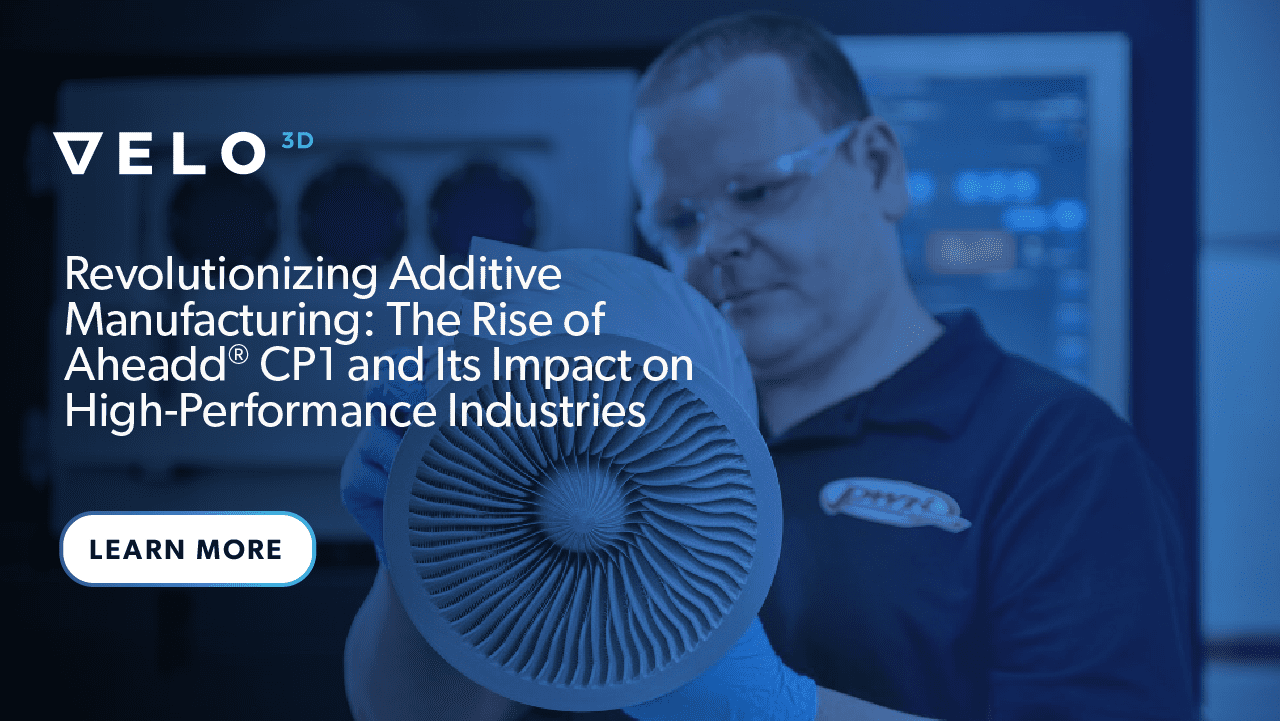Efforts in additive manufacturing are focused on enhancing metal attributes used in production, particularly optimizing materials like Aheadd® CP1 for better efficiency. Velo3D introduced CP1, refining parameters previously set for F357 to achieve superior performance through customized settings. These adjustments directly impact the functionality and reliability of materials in practical applications. The transition from F357 to CP1 involves rigorous validation to ensure enhancements meet desired outcomes, reflecting a trend towards tailoring materials for advanced manufacturing technologies.
CP1 significantly improves weldability and crack resistance, requiring simpler heat treatment than F357, which reduces production complexity. This is due to the elimination of the need for solution treatment and quenching, requiring only an aging process. CP1 also exhibits superior corrosion resistance and mechanical properties, making it ideal for various industrial applications where durability and longevity are critical. These properties ensure components made from CP1 are more robust and reliable over time, enhancing their overall value.
Traditional AM techniques present challenges, particularly with common alloys like F357, which require complex heat treatments. CP1, however, offers simpler heat treatment requirements and enhanced properties, making it a superior alternative. Transitioning from F357 to CP1 provides significant benefits, including improved corrosion resistance and easier welding and brazing processes, marking a pivotal advancement in metal AM. This showcases CP1’s potential to overcome limitations of traditional materials and meet modern engineering specifications.
CP1’s introduction marks a significant advancement in AM compared to other alloys like Scalmaloy and F357. CP1’s unique composition, free of silicon and magnesium, simplifies manufacturing processes, enhancing weldability and corrosion resistance. This makes CP1 particularly beneficial for applications like heat exchangers. Its compliance with regulatory certifications and acceptance in sectors requiring high-performance materials, such as aerospace and motorsport, further highlight its reliability and performance under demanding conditions. Overall, CP1’s tailored properties offer significant advantages, positioning it as a preferred choice for high-end applications.
The potential of CP1 is recognized across various sectors, notably automotive and aerospace, for solving specific engineering challenges. Within a year of its launch, CP1 has been adopted by industry leaders for its superior qualities in AM processes. In the automotive sector, CP1’s balance of strength, ductility, and thermal conductivity is essential for high-performance parts. Similarly, in aerospace, CP1’s lightweight properties and resistance to extreme conditions make it ideal for reliable and efficient applications. CP1’s role in advancing material science is significant, offering enhanced capabilities, such as improved weldability and reduced post-processing needs, which streamline manufacturing workflows and reduce costs. Its excellent corrosion resistance and mechanical properties drive rapid acceptance and integration into new designs, promising more innovative and efficient manufacturing solutions.
Toby Maconachie, Additive Manufacturing Engineer for PWR, with an automotive heat exchanger 3D printed on a Velo3D additive manufacturing system using the new CP1 aluminum alloy material.
The impact of CP1 on manufacturing and product development is positive, showing promising results in high-end applications. Over the past year, adopting CP1 has enhanced product performance and manufacturing efficiency. The transition from F357 to CP1 has improved weldability and reduced heat treatment complexity, crucial for producing high-performance heat exchangers. CP1’s elimination of magnesium and silicon enhances its suitability for welding and brazing, significantly impacting production methodologies in automotive and aerospace sectors. Plans are underway to further develop CP1’s applications in larger and more complex projects, broadening its applicability across sectors and promising greater efficiency and performance enhancements. Industry professionals are encouraged to consider CP1 for future projects due to its proven capabilities in improving product quality and manufacturing processes. Ongoing development efforts are supported by user feedback, reporting significant performance and process improvements. As CP1 evolves, it is poised to set new standards in metal AM, with diverse applications.
In conclusion, CP1 is a transformative alloy in the landscape of AM, particularly valued for its enhanced weldability, simplified heat treatment, and robust mechanical properties. It addresses traditional challenges associated with welding and heat treatments, offering a streamlined process that enhances production efficiency. CP1’s absence of silicon and magnesium simplifies manufacturing and improves component quality and reliability. These advantages make CP1 ideal for high-performance applications in motorsport and aerospace. As its adoption increases, CP1 is set to establish new benchmarks in the field, revolutionizing AM.
